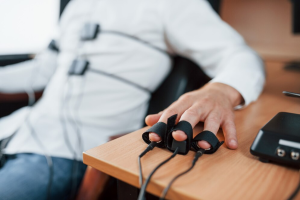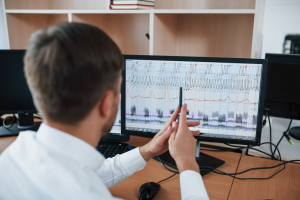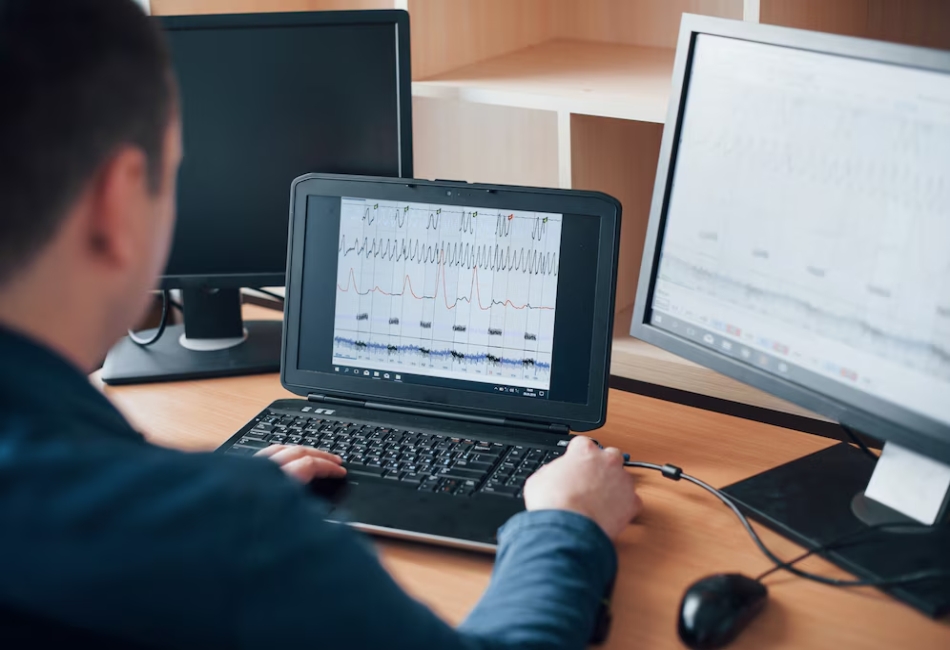Today, many investigations rely on a tool commonly referred to as a lie detector test or polygraph to test the truthfulness of individuals.
A polygraph tries to detect physiological changes that may happen when a person is being deceptive by measuring responses such as changes in heart rate, respiration, and many other factors.
Moreover, these tests are often used in law enforcement, security assessment, and employment screening procedures.
Even though there have been controversies about their accuracy, proponents say they can offer valuable input, especially in conjunction with other investigative methods. A polygraph doesn’t measure a lie directly but monitors physiological reactions that might suggest deception.
However, there are limits — people may react differently to certain factors.
Still, lie detector tests remain an essential part of the investigative process, providing a tool for times when traditional methods fail to establish valuable information.
Read on further to understand the role of lie detector tests in modern investigations.
1. Assists in Narrowing Down Suspects

Time and focus are critical when you’re conducting a criminal investigation. A lie detector helps you discover inconsistencies in a suspect’s story that may otherwise go unnoticed.
By analyzing physiological signals through validated techniques and examiner training standards approved by organizations, such as the American Polygraph Association, you get a scientifically validated methodology to evaluate someone’s truthfulness.
Moreover, you are working with a tool that results in a minimum of 90% accuracy. However, most validated techniques are more accurate than that.
You can trust those results to help validate or question a suspect’s account, simplifying your process. In the end, if done correctly, a polygraph can be used as a reliable filter, removing the least likely suspects and speeding up the way to the truth.
2. Encourages Truthful Admissions
Ideally, the polygraph test does not detect lying directly but rather operates as a physiological measurement tool, capturing data across multiple channels to assess an individual’s response to structured questions. These changes are typically indicative of the body’s self-defense mechanisms, activated when a person is aware of potential negative consequences, like being caught in a lie.
The heightened awareness of potential repercussions may motivate some individuals to pause and think before speaking and ultimately choose honesty. As a result, this implies that the polygraph can be utilized as a tool to raise an examinee’s awareness of their physiological responses.
3. Supports Interrogation Strategies
An investigator understands that the polygraph isn’t a tool strictly for detecting deception; it is a strategic asset in your interrogation process.
Questions in a polygraph examination are often established. However, the process surrounding these questions, particularly during the pre-test phase, is instrumental in supporting and refining interrogation strategies.
The examiner gathers biographical and behavioral information during the pre-test interview and establishes baseline physiological responses.
During the main test phase, the examiner poses a series of pre-determined questions while recording physiological responses and the examinee’s truthfulness is assessed by analyzing these responses.
Combining the baseline established during the pre-test phase with the physiological data acquired during the main test phase enables investigators to pinpoint several physiological areas where deception may have occurred.
This technique improves the ability to spot deception, which results in more fruitful and rapid investigations.
4. Validates Other Evidence

Polygraph examinations can be a valuable investigative tool for corroborating other evidence and refining investigative direction. Identifying areas where the examinee’s physiological responses suggest potential deception can support or cast doubt on other findings obtained in an investigation.
For instance, if the person’s physiological response suggests deception in relation to questions about physical evidence or witness testimony, it can further strengthen the case. If the physiological response does not align, it may lead to a re-examination of the evidence or the individuals’ statements.
Evidence correlation through this process ensures a better and more accurate investigation and highlights the role of the polygraph in improving the quality of the whole investigation.
5. Supports Victim and Witness Statements
As an investigator, you know that many cases are complex and rarely straightforward. The polygraph is a device that can be used voluntarily – and has been used by victims and witnesses in sensitive or complex investigations where there is little physical proof to help corroborate their statements.
If someone consents to a polygraph and their responses reveal no deceit, a polygraph adds more weight to their testimony. You never pressure or discredit a victim by using the polygraph, but you always use it to give support when their account is being questioned or challenged. It’s beneficial in the context of sexual assault, harassment, or historical abuse, where the victim’s word may be significant to the case.
Conclusion
A polygraph is not foolproof, but it does provide valuable physiological data that may highlight inconsistencies, validate evidence, or serve as a guide for interrogation. It aids witness credibility, encourages truthful disclosures, and assists with the narrowing of investigative focus. You’re not solely reliant on it, but you know it plays an integral part in the investigative processes.
To investigators, every lead and clue counts, and the polygraph ranks among the most unique tools in your arsenal. It’s far from perfect, but it definitely helps focus your thinking, provide waypoints for your strategy, and sometimes even catch a truth before the question has even been answered.
